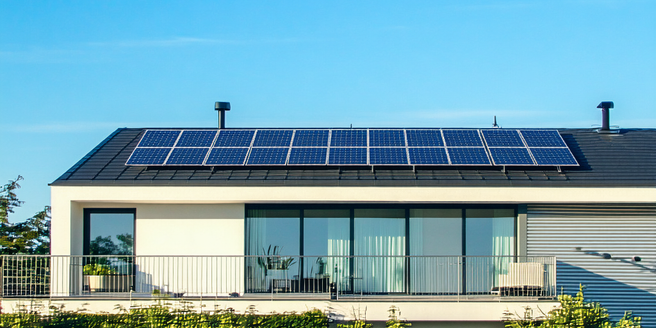Energy-saving Appliances

The Importance of Energy Efficiency in Modern Homes
Energy efficiency is essential in reducing the carbon footprint of modern homes and in lowering utility bills. With growing concerns over climate change, energy-efficient appliances have become a critical component in sustainable living. Utilizing appliances that consume less energy translates into fewer emissions from power plants, thereby protecting the environment. Furthermore, energy-efficient homes provide improved comfort, enhancing the quality of life for occupants. Many governments offer incentives for upgrading to such appliances, making the initial investment more accessible. Overall, integrating energy-efficient solutions can lead to significant improvements in environmental impact and personal financial savings.
Top Energy-saving Kitchen Appliances to Consider
When looking to save energy in the kitchen, there are several appliances worth considering. High-efficiency refrigerators and freezers consume less electricity while providing superior performance. Induction cooktops are another energy-saving option, heating food directly and reducing wasted heat. Additionally, energy-efficient dishwashers that use less water and energy can substantively reduce utility costs. Microwaves, when used instead of traditional ovens, can also minimize energy usage. Selecting appliances with the Energy Star label ensures adherence to high efficiency standards. By choosing these cutting-edge kitchen technologies, homeowners can notably decrease energy consumption, leading to significant cost savings.
Energy-efficient Laundry Solutions: Washers and Dryers
Choosing energy-efficient washers and dryers can greatly impact household energy use. High-efficiency washers use significantly less water and energy, thanks to advanced washing techniques and sensors that optimize water levels. Energy-efficient dryers, meanwhile, offer sensor drying features that prevent over-drying, conserving energy and extending the life of clothes. Some models come with heat pump technology, which reuses heat to dry clothes more efficiently. Opting for appliances with a strong Energy Star rating ensures optimal performance and efficiency. By investing in these smart solutions, households not only save on utility bills but also contribute positively to environmental conservation.
Smart Technology: Enhancing Energy Savings at Home
Smart technology integration offers an innovative approach to maximizing energy savings. Smart thermostats can learn behavior patterns, optimizing heating and cooling schedules for efficiency and comfort. Smart lighting systems utilize sensors and scheduling to ensure lights are used only when necessary. With the rise of smart home devices, households can significantly decrease their carbon footprint. Connected appliances allow remote monitoring and control, enabling users to manage energy use from anywhere. Incorporating voice-activated assistants can simplify managing these systems, creating a seamless energy-saving experience. By adopting smart technologies, homes become more efficient and responsive, leading to reduced energy consumption, cost savings, and enhanced convenience.
Understanding Energy Star Ratings for Appliances
Energy Star ratings are crucial for identifying appliances that meet stringent energy efficiency criteria. Recognized internationally, this label represents reduced energy consumption without sacrificing functionality. Consumers benefit from potential long-term savings, as Energy Star-certified devices typically use 10-50% less energy than standard models. These savings not only help reduce utility bills but also contribute to a greener planet. The rating process involves rigorous testing to validate claims made by manufacturers, ensuring reliability in these products. When purchasing new household appliances, checking for the Energy Star label provides assurance of both energy efficiency and reduced environmental impact. Making informed choices aids in promoting sustainability and lowering operational costs.
Cost-saving Tips: Investing in Energy-saving Devices
Investing in energy-saving devices can offer substantial financial and environmental benefits. Start by replacing incandescent bulbs with LED or CFL options, which use less electricity and last longer. Investing in a programmable thermostat enables precise control over heating and cooling, reducing unnecessary use. Insulating your home and sealing leaks can prevent energy loss, ensuring systems operate efficiently. Consider upgrading to energy-efficient appliances bearing the Energy Star label for further savings. Additionally, utilizing power strips to prevent vampire energy loss from devices when not in use is advised. These steps cumulatively create a more cost-effective, eco-friendly living space.